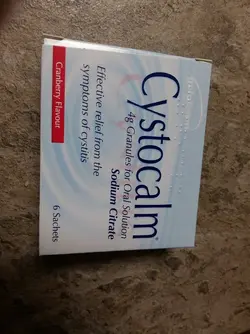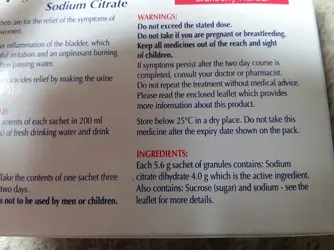Laura 1899
New Born Pup
- Joined
- Mar 30, 2018
- Messages
- 42
- Reaction score
- 13
- Points
- 130
Hello
My 2 year old boar Graham is still suffering with what we believe is IC. Metacam does not help at all. He has been on Cystease too but not showing much improvement. Baytril for 2 weeks, and Panacur in case he needed worming. Not much is helping. We had about 5 days with nothing but last night he was squeaking in pain alot. I am about to do an order for more Cystease but see that there are others. Are they the same supplement? Also my guinea pig has been given Betamethasone as metacam not helping him but I have not tried it yet as worried. Has anyone tried this on their piggies please? Thank you..
My 2 year old boar Graham is still suffering with what we believe is IC. Metacam does not help at all. He has been on Cystease too but not showing much improvement. Baytril for 2 weeks, and Panacur in case he needed worming. Not much is helping. We had about 5 days with nothing but last night he was squeaking in pain alot. I am about to do an order for more Cystease but see that there are others. Are they the same supplement? Also my guinea pig has been given Betamethasone as metacam not helping him but I have not tried it yet as worried. Has anyone tried this on their piggies please? Thank you..


